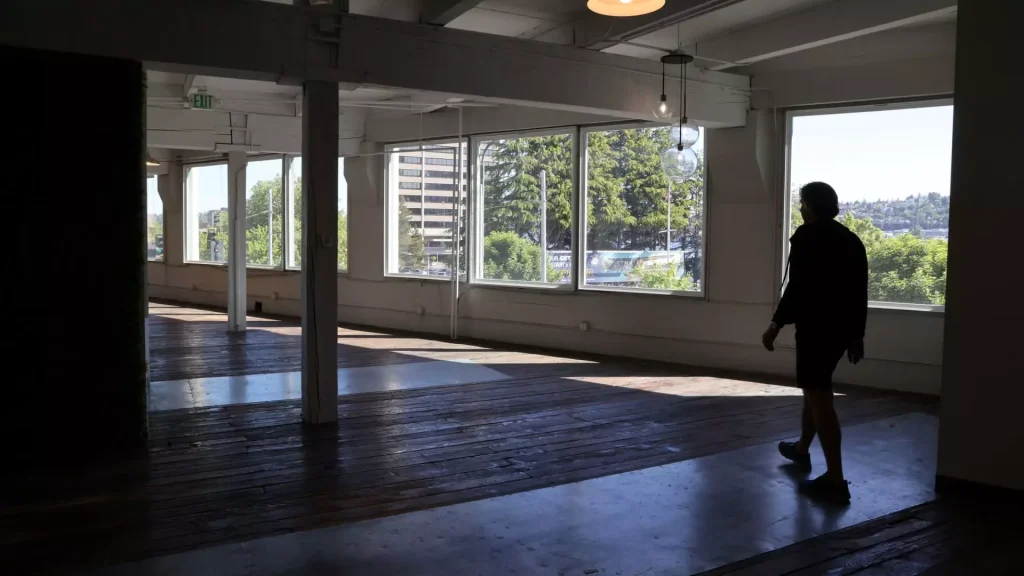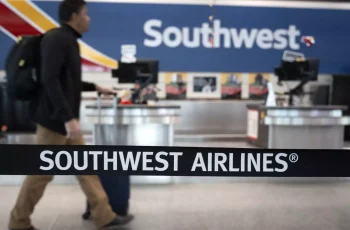The U.S. office market is undergoing a significant transformation, driven by the forces of change that, while initially prompted by crisis, now reflect a broader shift towards adaptability and resourcefulness. For the first time in over two decades, the rate of office demolitions and conversions has outpaced new office construction. This shift marks a departure from the traditional commercial real estate model—one reliant on fixed office spaces—towards a more flexible and modern approach, shaped largely by the COVID-19 pandemic and the rise of remote work.

Flexibility Drives Change
The transformation isn’t just a reaction to an immediate crisis; it’s an intentional pivot by both workers and employers. Flexibility has become a cornerstone of the modern work experience, and the demand for large, traditional office layouts is declining. The pandemic triggered a reassessment of space utilization, pushing companies to reconsider their need for expansive office footprints. While this transformation may appear alarming to those holding onto outdated views of office employment, it offers an exciting opportunity for innovation and a fresh approach to work-life balance, with the potential for revitalizing regional economies.
Positive Signs Amid High Vacancy Rates
Although the office market is facing a high vacancy rate—currently at 19%—the outlook isn’t as bleak as it may initially seem. In fact, recent data shows a positive shift, with net absorption turning positive after six consecutive quarters of decline. Additionally, office-leasing activity has surged by 18%, suggesting renewed demand in desirable locations. The challenge of high vacancy rates is prompting landlords and developers to rethink their strategies, focusing more on prime locations and Class A office properties. As a result, rents in these areas are recovering, highlighting a bifurcated market where outdated office spaces are being phased out in favor of those that align with modern work preferences.
Economic Benefits of Office-to-Residential Conversions
A particularly exciting development in the office market is the growing trend of office-to-residential conversions, where deserted office buildings are being repurposed for residential and mixed-use purposes. Over 85 million square feet of office space have already been converted, with developers planning to create approximately 43,500 residential units in the near future. These conversions are not just a response to the high vacancy rate but also a solution to the housing shortages in urban areas. As office buildings are transformed into vibrant multifamily residences, they breathe new life into city landscapes, turning once lifeless office towers into thriving communities.
The rise of mixed-use developments—combining residential, commercial, and leisure spaces—fosters a more functional and sustainable urban environment. These revitalized spaces can stimulate local economies by creating jobs and attracting diverse populations. More than just new homes, these developments serve as community hubs where people can connect and collaborate.
Challenges Ahead: Rising Costs and Diminishing Inventory
While the shift towards office-to-residential conversions is promising, there are challenges ahead. The costs associated with construction materials and labor are rising, which could impact the feasibility of conversion projects. Additionally, the pool of office buildings available for conversion may decrease over time, leading to heightened competition for remaining viable properties. Developers will need to carefully assess their options and adapt to these changing market conditions to stay competitive.
The Path Forward: Innovation and Resilience
Despite these hurdles, the future of the office market holds significant potential for those willing to innovate and adapt. The key to success in this evolving landscape lies in adaptability and ingenuity. Developers who can navigate financial pressures, explore creative solutions, and focus on modern, flexible spaces will be well-positioned for success.

The office market is shifting from a model of rigid, traditional office spaces to one that embraces resilience and renewal. As companies and developers respond to this transformation, they will find new opportunities to thrive in a rapidly changing world. In this tumultuous yet optimistic era, the U.S. office market stands at a crossroads—those who embrace change will not only survive but thrive, embodying the entrepreneurial spirit that defines America’s ability to adapt to new realities.




